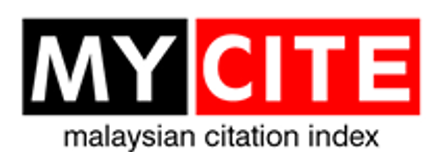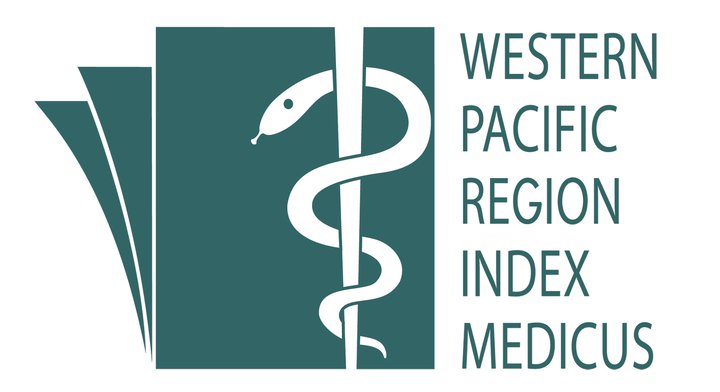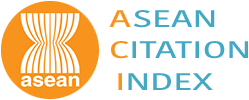Construct validity and reliability of Malay Language-perception towards smoking questionnaire (BM-PTSQ) among secondary school adolescentsÂ
Abstract
Introduction: Multitude studies have shown perception is an integral factor associated with smoking, However, no such tool was available in Malay language. In this study, we established a Bahasa Malaysia version of PTSQ (BM-PTSQ) and tested the validity and reliability among secondary school adolescents.
Methods: The English version of PTSQ originally consists of 12 items. It was translated into Bahasa Malaysia and back-translated again into English to check for consistency. After face validity (face-to-face query) was determined among 20 secondary school adolescents, only 10 items were included in the survey. Construct validity was established from 407 school adolescents through random selection in the same locality. More than 60% of the respondents were female, a majority (67.3%) were schooling in rural areas. Then, the reliability of the questionnaire was determined with Cronbach’s alpha.
Results: EFA has grouped PTSQ into two components, they are associated with either knowledge or attitude towards smoking. The variance and Cronbach’s alpha for the first and second component were 38.24% and 0.861 (7 items) and 21.62% and 0.661 (3 items) respectively.
Conclusion: The PTSQ showed good validity and reliability for measurement of perception in smoking among school adolescents in Malaysia, thus this is a viable measurement tool. More importantly this study shows an urgent need to improve the smoking education among adolescents in Malaysia.
Published
How to Cite
Issue
Section
License
IJPHR applies the Creative Commons Attribution (CC BY) license to articles and other works we publish. If you submit your paper for publication by IJPHR, you agree to have the CC BY license applied to your work. Under this Open Access license, you as the author agree that anyone can reuse your article in whole or part for any purpose, for free, even for commercial purposes. Anyone may copy, distribute, or reuse the content as long as the author and original source are properly cited. This facilitates freedom in re-use and also ensures that IJPHR content can be mined without barriers for the needs of research.





